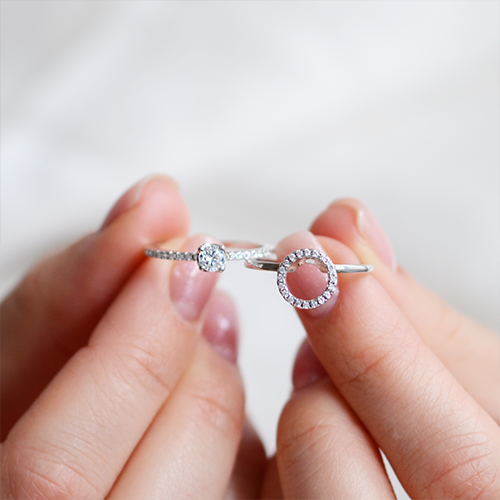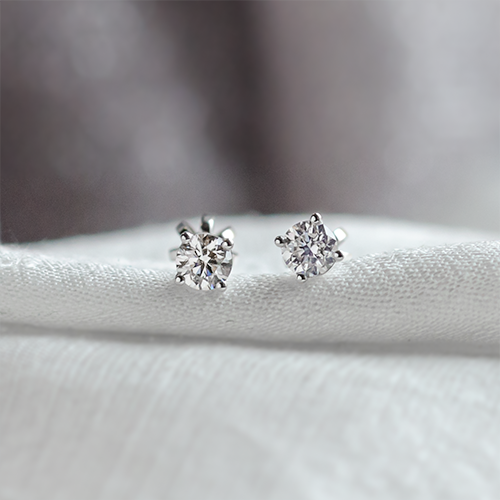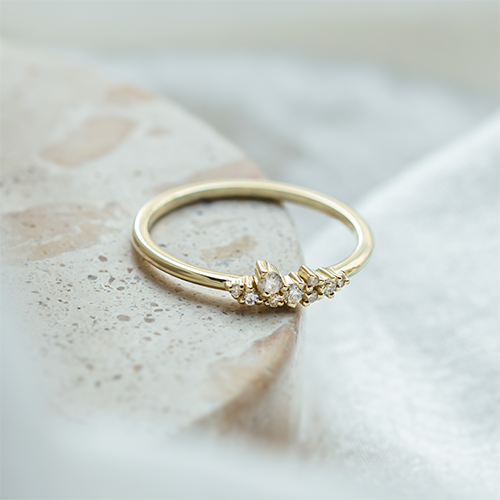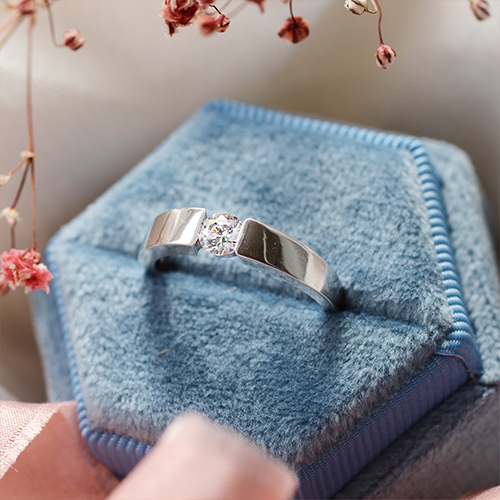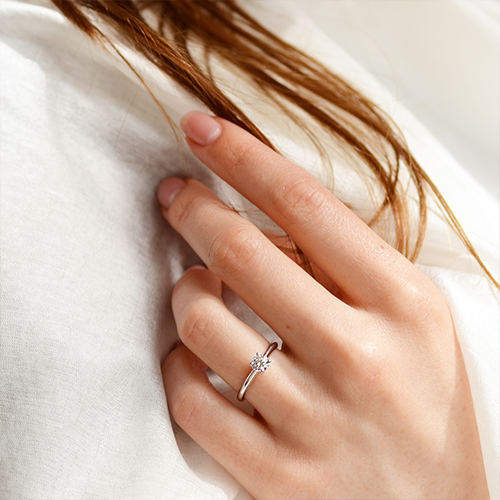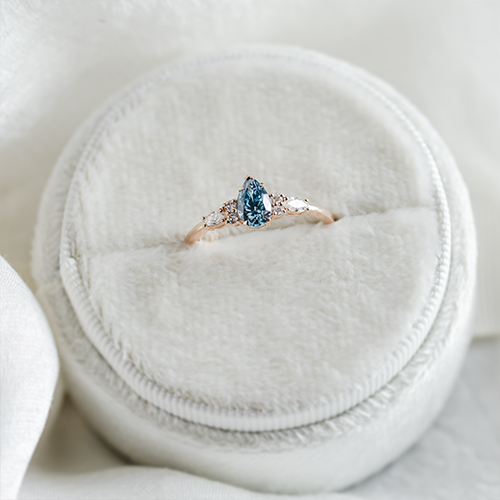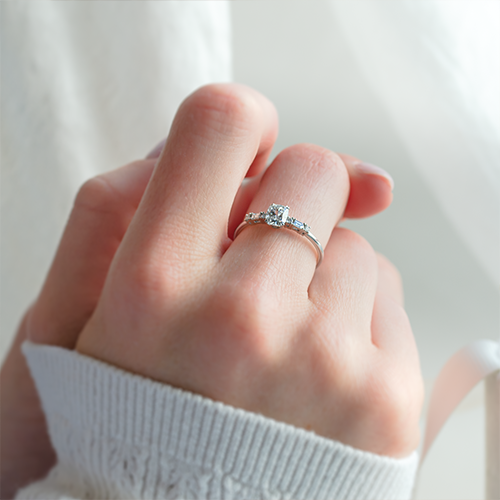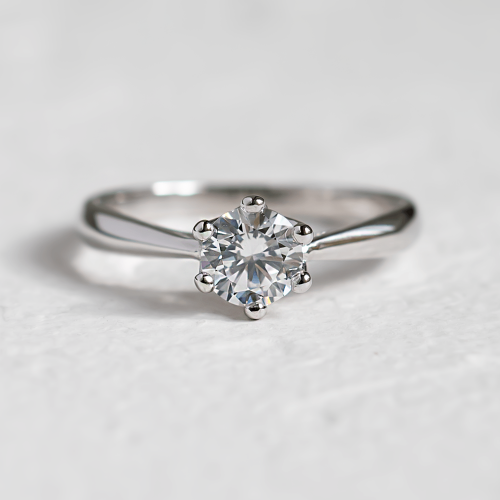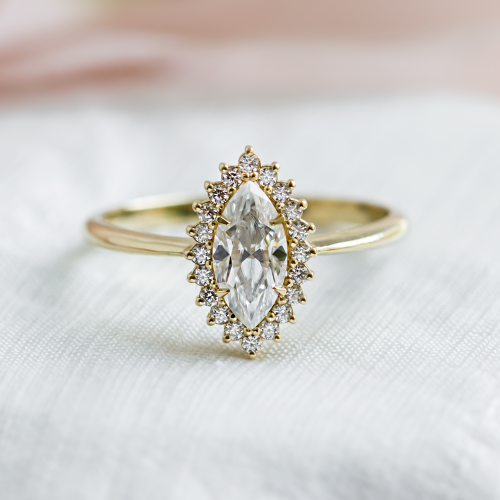Comparison: what is the difference between natural and lab-grown diamond?
Diamonds, the epitome of luxury and endless beauty, are an eternal attraction. They have been formed millions of years beneath the earth's surface and are very difficult to mine. That's why scientists have spent centuries trying to figure out how to create these perfect gems in the laboratory. Thanks to them, today we have a choice of both natural and synthetic diamonds. Let's take a look together at the differences between the two and find out which option is right for you.
Natural diamonds: There is only one original
The oldest are over three billion years old, the youngest are around a billion. These gems have been formed for many millennia under the Earth's surface under extreme pressure and temperature. Today, they are mined in deep or open-pit mines in Bostwana, Angola, South Africa or Western Australia. The unworked stones go into the hands of jewellers who eventually turn the black rock into a dazzling treasure.
All natural diamonds are unique, with their own small imperfections and distinctive features that give each piece its own unique character. Their main advantage is their authenticity and historical value. Wearing this hard-mined piece of Earth's history is simply a luxury that many people cannot afford.
The painstaking process behind the resulting jewellery is of course reflected in the final price. This is especially high for larger pieces, which puts some buyers off. A much more common criticism of natural diamonds, however, is the environmental impact associated with their extraction, which destroys the nature around the mines.
| Advantages of natural diamonds | Disadvantages of natural diamonds |
| natural orgin | higher price |
| each piece is unique | non-ecological mining |
| strength & durability | |
| luxury status | |
| possible investment |
|
|
|
|
Lab-grown diamonds as a responsible alternative
Synthetic diamonds are literally growing under the hands of scientists. It is fascinating that something that took millions of years to create in nature can now be created in a matter of weeks. These stones are grown in a specific laboratory environment, where advanced technologies mimic the extreme conditions of diamond formation deep below the Earth's surface. The entire growth process takes from three weeks to about two months.
The result is artificial diamonds that are indistinguishable from the real thing. They have the same physical, chemical and optical properties as their natural counterparts. They are also significantly more environmentally friendly and cheaper. No wonder they have quickly gained such popularity.
However, even these perfect pieces without a single inclusion have their detractors. After all, every synthetic diamond is the same and does not carry a piece of history. The long years under the surface and the arduous mining process are what make natural diamonds a luxury item that not everyone can afford.
| Advantages of lab-grown diamonds | Disadvantages of lab-grown diamonds |
| lower price | artificially created |
| ecological and ethical choice | unsuitable as an investment |
| strength & durability | |
| indistinguishable from natural |
|
|
|
|
Whether you choose natural diamonds for their uniqueness or lab-grown diamonds for their sustainability, either way you'll get a dazzling piece of jewelry for life. We believe that each type of diamond has its own specific charm. It's not just the beauty of the stone that matters, but the story behind your choice.


